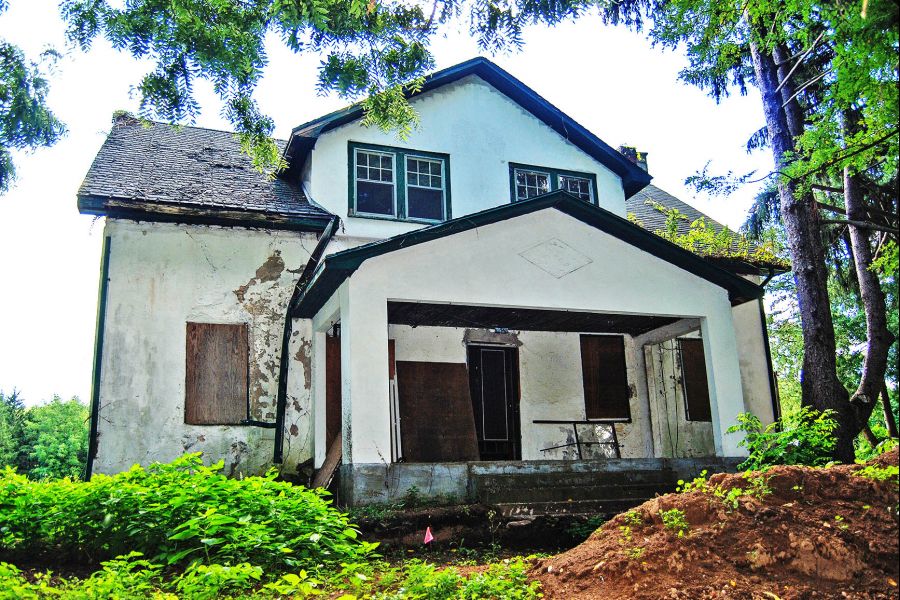As I mentioned in last week’s column, Peter Secord, apparently despairing of ever receiving a grant, left Niagara in 1793.
However, his absence did not halt the glacially slow wheels of government from proceeding onward and his grant was finally awarded in 1796. Not wishing to return from his new home in Norfolk County, Peter sold the land to his nephew David.
In 1799, David assumed the task of developing the property and built his home there. He chose, as many did, to construct the house of local stone laid in the random method (although somewhat more finely face-finished than that of his uncle’s home).
As was common in the early 19th century, the exterior stonework was then harled with lime render which, when still slightly workable, was incised with straight lines to give the appearance of the much more expensive ashlar stone.
Sited on a hill with its facade overlooking Four Mile Creek, it was a fairly modest one-and-a-half storey in the Georgian tradition with two bays on either side of the centred front door.
Local tradition holds that Laura Secord rested under its roof during her famous run to warn the British of the imminent American incursion and that both British generals, Drummond and de Rottenburg, used the house at various times as a headquarters. That the home survived the War of 1812 seems pretty certain, since David Secord’s war claims submission includes only compensation for damage and not complete replacement, as was the case for the vast majority of his neighbours.
Remarkably, over the span of 209 years between 1799 and 2008, only three families held the property title: the Secords, the Hanniwells and the Paxtons.
That said, the house has seen changes. A kitchen was added to one end of the house and then later removed. Cross-gable dormers were added to the original roof line. A weighty Colonial Revival style porch built off the facade. The original interior end-gable chimney on one end of the house was removed. And so on.
Today, the property is owned by a developer and the old soldier sits lost, forlorn and derelict awaiting its fate. Shall it be rescued by a plan with the vision to preserve, restore and rehabilitate this survivor as a time-honored family home or left to fall into eventual ruin, or …
I suspect you know my preference.











